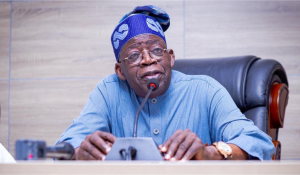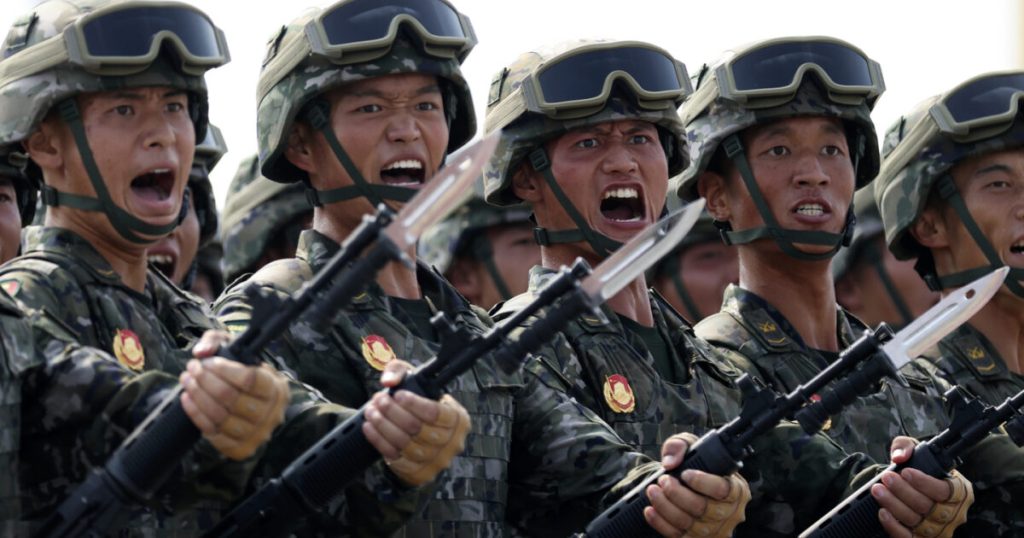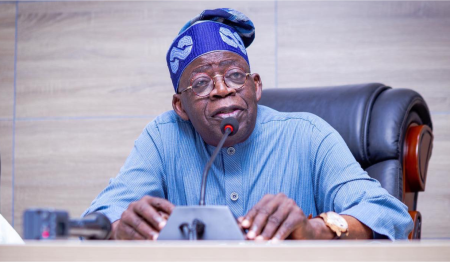China’s resounding display of military prowess on the 80th anniversary of Japan’s World War II surrender sent ripples across the globe, prompting discussions on the shifting dynamics of global power. The meticulously orchestrated parade in Beijing’s Tiananmen Square, presided over by President Xi Jinping, alongside Russian President Vladimir Putin and North Korean leader Kim Jong Un, showcased an arsenal of advanced weaponry, including nuclear, AI-powered, laser, and robotic systems. This demonstration of technological advancement, closely monitored by Western defense analysts, underscored China’s rapid military modernization and its evolving strategic posture. The event, termed “Victory Day,” featured over 10,000 troops, hundreds of military vehicles, and captivating aerial displays, attracting a substantial audience of spectators and leaders from over 25 nations, predominantly China’s allies. This carefully curated display of strength aimed to project an image of a powerful and ascendant China, ready to take its place on the world stage.
The conspicuous absence of Western leaders at the parade, however, highlighted the growing geopolitical divide between China and the West. While leaders from allied nations like Iran were present, Western countries largely boycotted the event, a clear indication of the strained relations and underlying tensions. The presence of only two European leaders further emphasized this diplomatic chasm. President Xi’s address during the parade reinforced China’s narrative of an “unstoppable” rise, emphasizing the nation’s resilience against external pressures and its commitment to its unique socialist path. This rhetoric, combined with the military display, conveyed a message of self-reliance and determination to chart its own course, independent of Western influence.
The unveiling of cutting-edge weapon systems formed the centerpiece of the parade, showcasing the leaps China has made in military innovation. Beyond its sheer numerical strength, bolstered by a robust economy, China is increasingly focused on technological self-sufficiency and innovation. The parade featured the debut of advanced weaponry, including hypersonic glide and cruise missiles, capable of speeds exceeding Mach 5 and currently unmatched by the US and its allies. The J-20 “Mighty Dragon” stealth fighter jet, embodying fifth-generation technology, and the LY-1 directed-energy laser system, touted as the world’s most potent for intercepting missiles and drones, were prominent displays of China’s technological progress. The parade also showcased the JL-1 air-launched ballistic missile, alongside an array of unmanned systems, from underwater drones and drone boats to unmanned helicopters and aerial vehicles, signaling China’s investment in future warfare capabilities.
Former US President Donald Trump’s absence from the parade and his subsequent critical remarks on social media added another layer of complexity to the event’s geopolitical implications. Trump chastised Xi Jinping for not acknowledging the US’s historical role in China’s liberation, emphasizing the sacrifices made by American forces. He also criticized Xi, Putin, and Kim for their perceived collaboration against the United States, further highlighting the existing tensions between these nations. This public rebuke underscored the strained US-China relationship and the broader geopolitical competition unfolding on the global stage.
The parade inevitably fueled speculation and debate about the shifting balance of military power, particularly between the US and China. The display of advanced weaponry was widely interpreted as a direct message to Washington amidst ongoing trade disputes and regional tensions concerning Taiwan and the South China Sea. Analysts pointed to the event as a demonstration of China’s intent not merely to catch up with the US militarily but to reshape the rules of engagement. While acknowledging China’s rapid military advancements, experts maintained that the US still retains an operational edge. This advantage, they argued, stems from a more decentralized military culture that empowers lower-level units to adapt and innovate in dynamic situations, contrasting with China’s top-down command structure. This difference in operational philosophy, some argue, could prove crucial in any future conflict.
While China’s military modernization is undeniably impressive, questions remain about its operational effectiveness and its ability to translate technological advancements into battlefield success. Some analysts point to China’s relative lack of combat experience compared to the US military as a potential vulnerability. Furthermore, the interplay between technological superiority and strategic thinking will be crucial in determining the future balance of power. The parade, therefore, served not only as a display of China’s growing military might but also as a reminder of the complex and evolving nature of global power dynamics in the 21st century. The event underscored the need for continued dialogue and strategic engagement to manage the complex relationships between major global powers and to mitigate the risks of escalating tensions and potential conflict.














